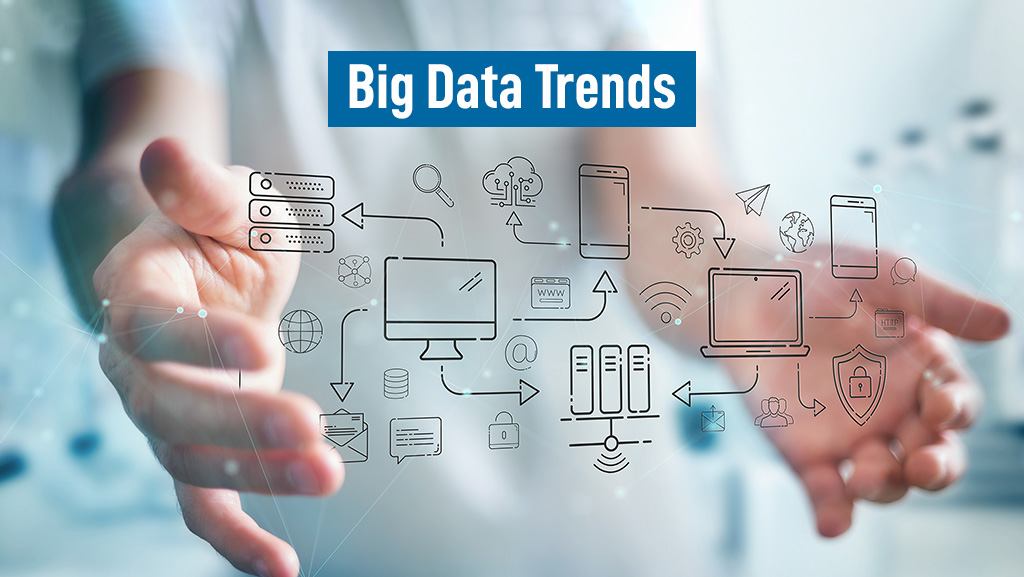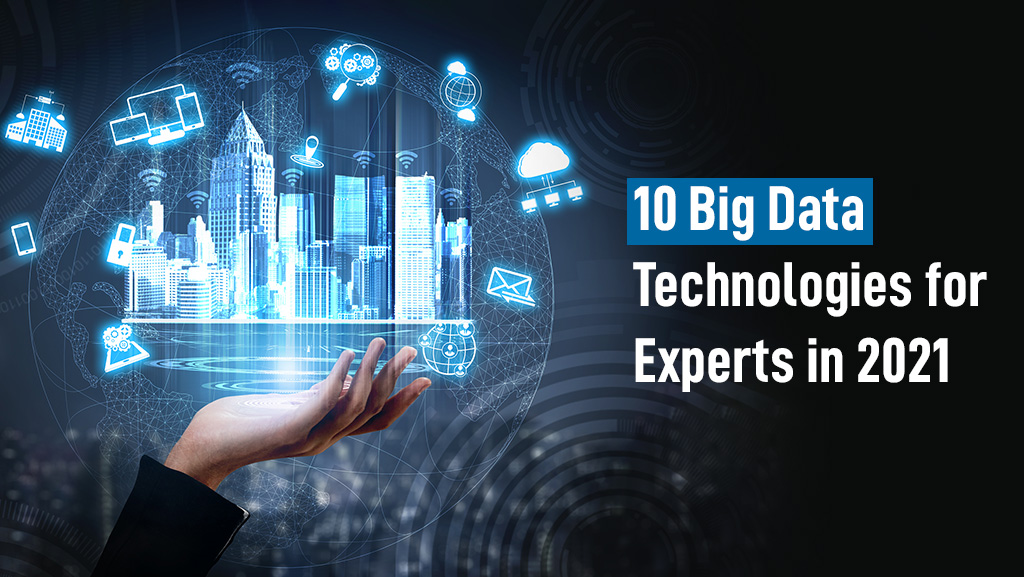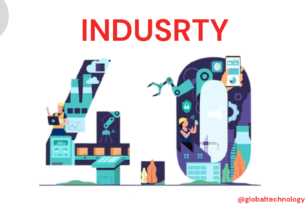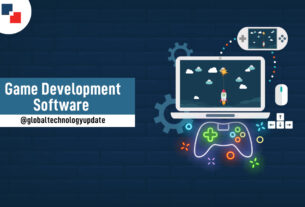Data is the core of the business at the times. Hence, it’s essential to understand the proper Big Data technologies that are thriving with time. Let us know 10 Big Data Technologies for Experts in 2021.
Big data may be a specific indication that wants to describe the vast assemblage of knowledge that’s huge and exponentially increasing with time. It simply specifies the huge amount of knowledge that’s hard to stock, investigate, and transform with conventional tools of management.
Big Data may be a collection of knowledge that’s huge in volume, yet growing exponentially with time. It is data with such large size and complexity that none of the traditional data management tools can store it or process it efficiently. Big data is additional data but with a huge size.
Big Data – “Big data is high-volume, velocity, and variety information assets that demand cost-effective, innovative sorts of information science for enhanced insight and deciding .”
Examples of Big Data analytics include stock exchanges, social media sites, jet engines, etc. Big Data could be 1) Structured, 2) Unstructured, 3) Semi-structured. Volume, Variety, Velocity, and Variability are a few Big Data characteristics.
Here are the top 10 Big Data Technologies that are divided up into visualization, analytics, and Storage.
1. Hadoop Ecosystem
The Hadoop Ecosystem may be a platform or a set that provides various services to unravel large data problems. It includes Apache projects and various commercial tools and solutions. There are four major elements of Hadoop i.e. HDFS, MapReduce, YARN, and Hadoop Common. Most of the tools or solutions are wont to supplement or support these major elements. All these tools work collectively to supply services like absorption, analysis, storage, and maintenance of knowledge, etc.
2. BlockChain
Blockchain adds another data layer to the large Data analytics process. Blockchain-generated Big Data is secure because it can’t be forged thanks to the specification. Blockchain-based Big Data is effective, meaning it’s structured, abundant, and complete, making it a perfect source for further analysis.
3. Cloud Data
Cloud computing is an important topic of dialogue when people believe big data trends. The cloud can assist you in processing and analyzing your big data faster, resulting in insights that will improve your products and business. Cloud Computing allows us to use state-of-the-art infrastructure and only buy the time and power that we use! Cloud application development is additionally fueled by Big Data.
4. IoT & Big Data
IoT in healthcare can still be seen today; A technology combined with Big Data is advancing organizations to realize better results. According to software development stats, 42% of the associations that have IoT solutions running or IoT production in progress intend to use digital portables within the next three years. The function of massive data in IoT is to continuously process multiple pieces of information and keep it away from being used with specific storage technologies.

5. NoSQL Database
NoSQL database incorporates a broad range of separate database technologies that are developed to design modern applications. It depicts a non SQL or nonelectronic database that delivers a way for accumulation and retrieval of knowledge. They are deployed in real-time web applications and large data analytics.
6. Augmented Analytics
Augmented analytics is the use of enabling technologies like machine learning and AI to help with data preparation, insight generation, and insight explanation to reinforce how people explore and analyze data in analytics and BI platforms. It also augments the expert and citizen data scientists by automating many aspects of knowledge science, machine learning, and AI model development, management, and deployment.
7. Qlikview
This can be wont to align the info association to detect the potential market trends by integrating predictive and embedded analysis. This is to ensure that delivery of combinations is done within the data focusing on better workflow and in-depth insights.
8. MongoDB
MongoDB can be used to facilitate semi-structured and unstructured real-time data for application developers. The open-source data analysis tools are often wont to store data in JSON-like documents and supply a strong command language for geo-based search, aggregation, graph search, text search, indexing, ad hoc queries, etc.
9. R Programming
R is one of the open-source Big Data Technologies and programming languages. The free software is widely used for statistical computing, visualization, unified development environments like Eclipse and Visual Studio assistance communication. According to experts, it’s been the world’s leading language. The system is additionally widely employed by data miners and statisticians to develop statistical software and mainly data analysis.
10. Metadata System
A Metadata system is organized information that contains data about the properties of other details. This allows vast data measures to be restricted, captured, mixed, and, most significantly, handled within the distribution and across various data stocks.AI and ML’s smart tasks use data management, coordinated effort in data assignment, and enhanced work process. Since the entire process is secure, data is increasingly available and can similarly be used for future undertakings.
Conclusion
The ecosystem of massive data is continuously emerging and new technologies inherit the image very rapidly, many of them expanding more consistently with demand in IT industries. These technologies assure harmonious work with fine superintendence and salvation. I hope this blog gave you a general introduction to how big data technologies are transforming the traditional model of data analysis. We also understood breaking the deck tools and technologies through which Big Data is flattening its wings to seize supreme elevations.




